Fangyan Dong
Time Hopping technique for faster reinforcement learning in simulations
Sep 06, 2011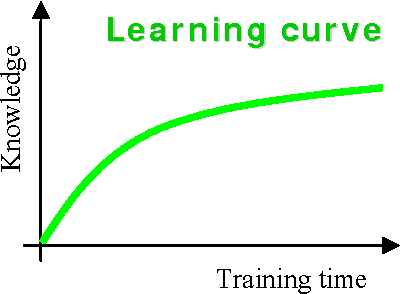



Abstract:This preprint has been withdrawn by the author for revision
Intent expression using eye robot for mascot robot system
Apr 10, 2009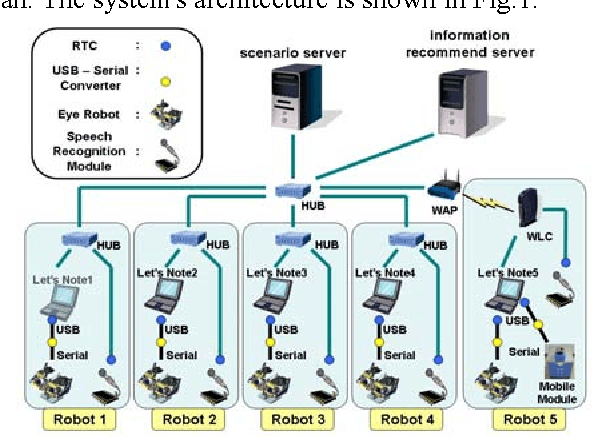
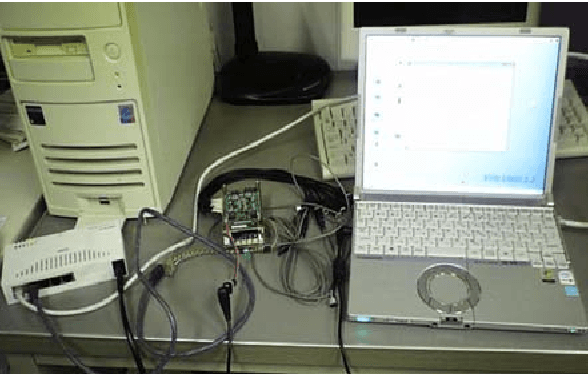
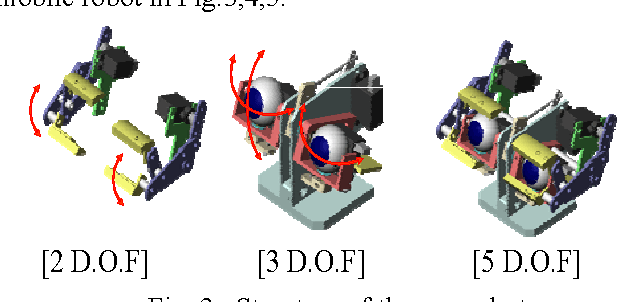
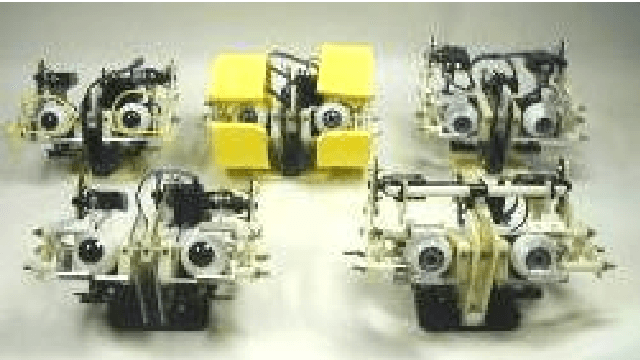
Abstract:An intent expression system using eye robots is proposed for a mascot robot system from a viewpoint of humatronics. The eye robot aims at providing a basic interface method for an information terminal robot system. To achieve better understanding of the displayed information, the importance and the degree of certainty of the information should be communicated along with the main content. The proposed intent expression system aims at conveying this additional information using the eye robot system. Eye motions are represented as the states in a pleasure-arousal space model. Changes in the model state are calculated by fuzzy inference according to the importance and degree of certainty of the displayed information. These changes influence the arousal-sleep coordinates in the space that corresponds to levels of liveliness during communication. The eye robot provides a basic interface for the mascot robot system that is easy to be understood as an information terminal for home environments in a humatronics society.
* 5 pages
Fuzzy inference based mentality estimation for eye robot agent
Apr 10, 2009Abstract:Household robots need to communicate with human beings in a friendly fashion. To achieve better understanding of displayed information, an importance and a certainty of the information should be communicated together with the main information. The proposed intent expression system aims to convey this additional information using an eye robot. The eye motions are represented as states in a pleasure-arousal space model. Change of the model state is calculated by fuzzy inference according to the importance and certainty of the displayed information. This change influences the arousal-sleep coordinate in the space which corresponds to activeness in communication. The eye robot provides a basic interface for the mascot robot system which is an easy to understand information terminal for home environments in a humatronics society.
* 2 pages, in Japanese
Eligibility Propagation to Speed up Time Hopping for Reinforcement Learning
Apr 03, 2009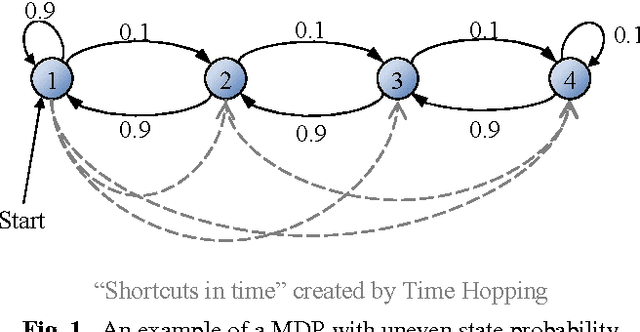

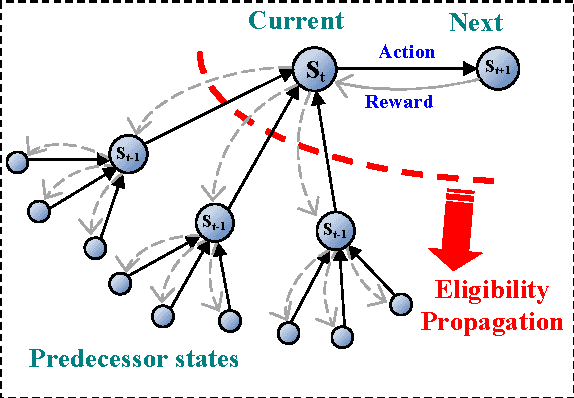
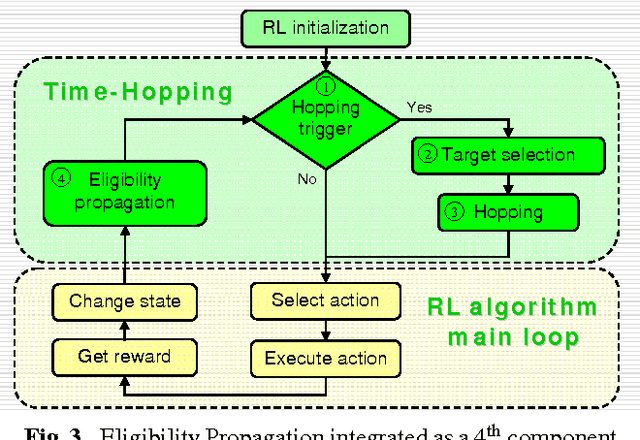
Abstract:A mechanism called Eligibility Propagation is proposed to speed up the Time Hopping technique used for faster Reinforcement Learning in simulations. Eligibility Propagation provides for Time Hopping similar abilities to what eligibility traces provide for conventional Reinforcement Learning. It propagates values from one state to all of its temporal predecessors using a state transitions graph. Experiments on a simulated biped crawling robot confirm that Eligibility Propagation accelerates the learning process more than 3 times.
Time manipulation technique for speeding up reinforcement learning in simulations
Mar 28, 2009

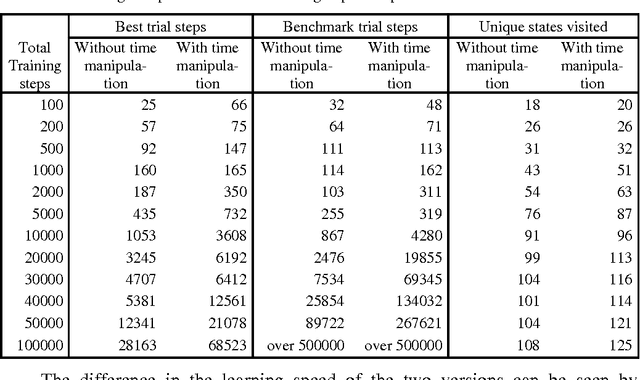
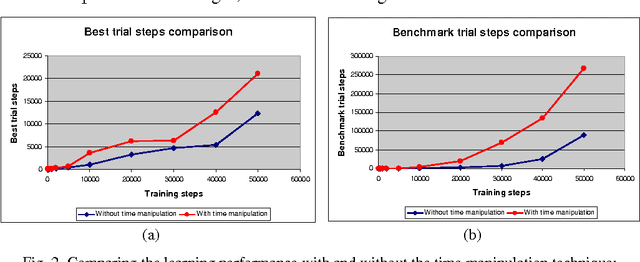
Abstract:A technique for speeding up reinforcement learning algorithms by using time manipulation is proposed. It is applicable to failure-avoidance control problems running in a computer simulation. Turning the time of the simulation backwards on failure events is shown to speed up the learning by 260% and improve the state space exploration by 12% on the cart-pole balancing task, compared to the conventional Q-learning and Actor-Critic algorithms.
* 12 pages
 Add to Chrome
Add to Chrome Add to Firefox
Add to Firefox Add to Edge
Add to Edge